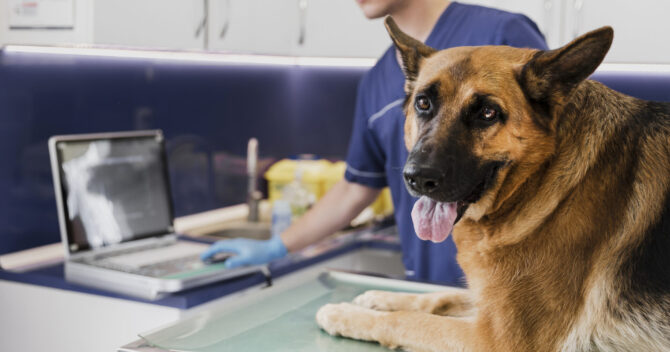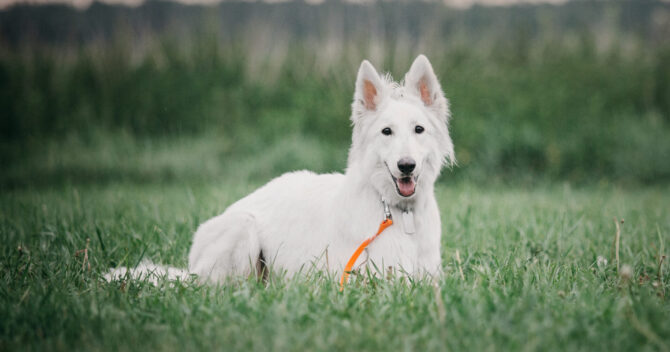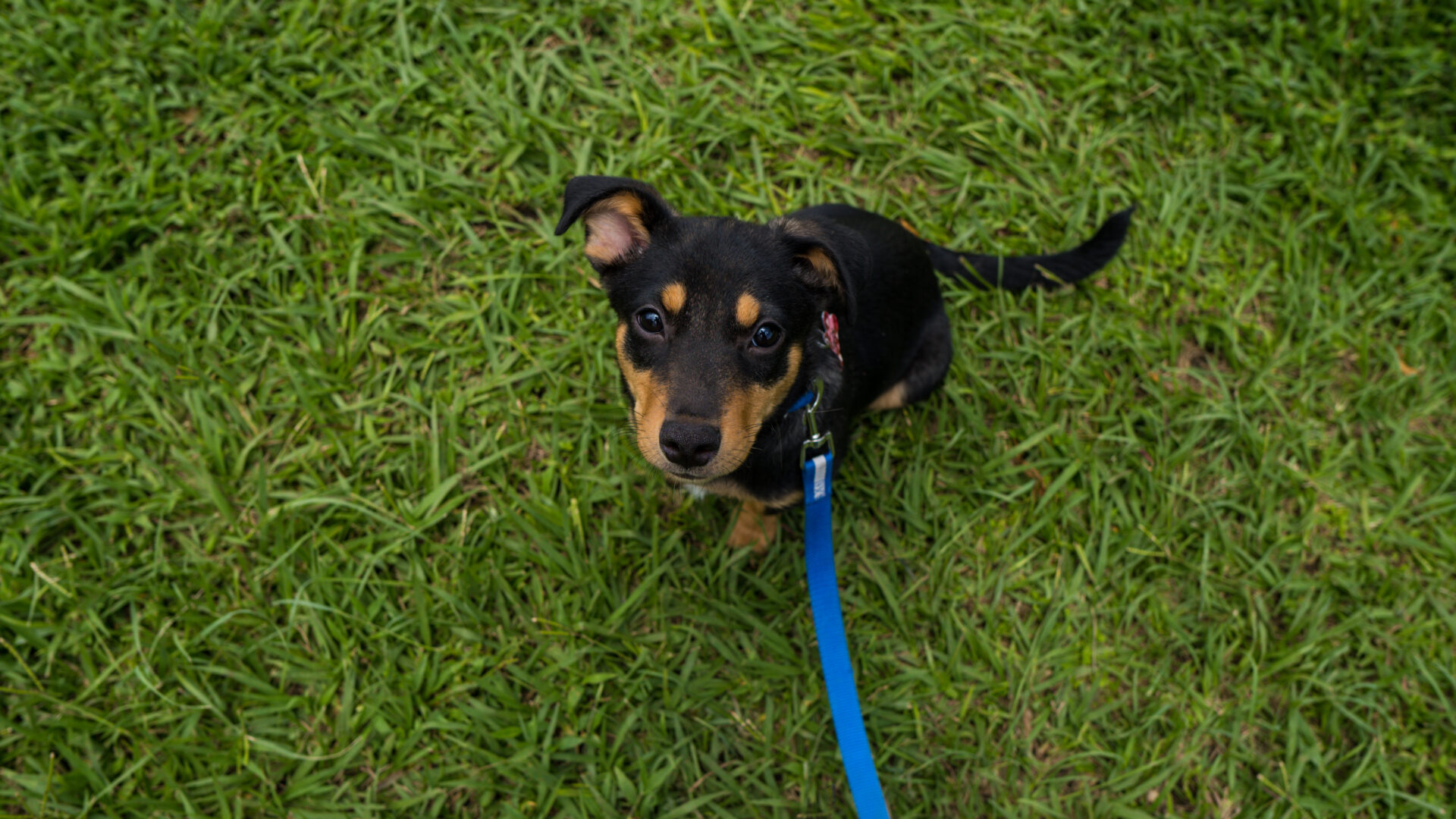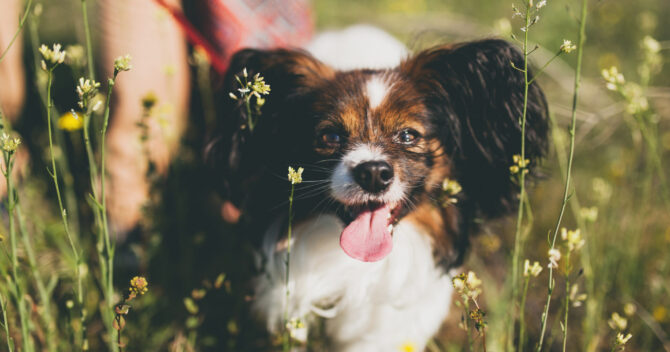What causes skin cancer in dogs?
Skin cancer accounts for approximately 30% of all cancers in dogs. Two-thirds of skin cancers in four-legged friends are single, benign lesions. They are usually located in the epidermis or skin appendages, in particular in the sebaceous and sweat glands. Race, gender, and age trends vary for a particular type of skin cancer. Despite the identification of numerous external and biological factors (important in the development of some skin lesions), in most cases the causes of skin cancer are unknown. Nevertheless, there are studies confirming the fact that long-term exposure of the skin to UV rays, especially in places not protected by hair, promotes the development of squamous cell carcinoma, melanoma or basal cell tumor. In addition, some skin cancers are caused by genetic mutations or viruses, as in the case of papilloma.
What are the types of the most common skin cancers in dogs?
- Papillomas – benign tumors, especially in young dogs. They are most common around the mouth. They usually regress and heal on their own once they reach immune maturity.
- Basal cell tumor – is a hard, usually single periepithelial tumor of a benign nature, located in the tissue of the head and neck. It usually reaches a size of 0,5 - 2 cm in diameter. It's a skin cancer that grows slowly. It is a non-invasive lesion that rarely metastasizes.
- Lipomas – a benign tumor of the skin of various sizes and locations. It is characterized by, among other things, a flexible tumor without a tendency to become malignant.
- Mastocytoma – skin cancer manifesting itself as single, hard or soft, well-defined tumors of various diameters (up to 3-4 cm), especially on the trunk, limbs and head.
- Keratinizing intradermal epithelioma – located in the dermis or subcutaneous tissue on the back and tail, it is marked by mild superficial lesions, from which a grey-brown secretion containing keratin flows.
- Squamous cell carcinoma – a very invasive, malignant lesion in the form of skin tumors, usually located on hairless or sparsely hairy areas of the body. The tumor shows a strong tendency to infiltrate the surrounding tissues.
Dog skin cancer symptoms
Skin cancer in dogs can take many forms. Most often, however, it manifests itself in the form of:
- A lump on the surface of the skin, in the form of a single lesion or a group of nodules, usually with a tendency to cause inflammation, cause bleeding or form cauliflower-like growths.
- Subcutaneous thickening.
- Hard-healing wounds.
- Itchy red spots.
Additionally, other symptoms may appear:
- Weight loss.
- Apathy, fatigue.
- Frequent scratching or biting of a particular spot.
- Vomiting and diarrhea.
- Blood in the stool.
Dog skin cancer - methods of diagnosis
The initial diagnosis of single skin cancer lesions can be made by a veterinarian on the basis of visual inspection and palpation. In the next step, the size of the neoplastic lesion, the degree of metastasis spread, subcutaneous tissue and fascia, muscle and bone involvement are assessed. Diagnosis is also based on fine-needle biopsy, histopathological examination and laboratory blood test. Radiological examinations are performed only when neoplastic lesions are infiltrative and located close to the bone. A chest X-ray is also helpful in determining the stage of skin cancer. In the case of some lesions, an ultrasound examination of the abdominal cavity organs is performed (liver, spleen, kidneys, iliac and lumbar lymph nodes).
Dog skin cancer - treatment
The treatment of skin cancer depends primarily on the type of skin lesions and the stage of the disease. Single, benign neoplastic lesions, after the initial period of growth, often disappear partially or completely. Some lesions are subjected to surgery, some require additional chemotherapy or radiotherapy. This treatment is used primarily to stop the spread of metastases. Radiation therapy is often used before surgical removal of a tumor lesion, as radiation can reduce the size of the tumor. After surgery, radiotherapy continues to be used to completely destroy the cancer cells in the tumour.
It is worth remembering that regular check-ups performed by a veterinarian ensure that skin cancer is detected at an early stage, which significantly increases the chance of successful treatment.
Maybe you'll like it:



